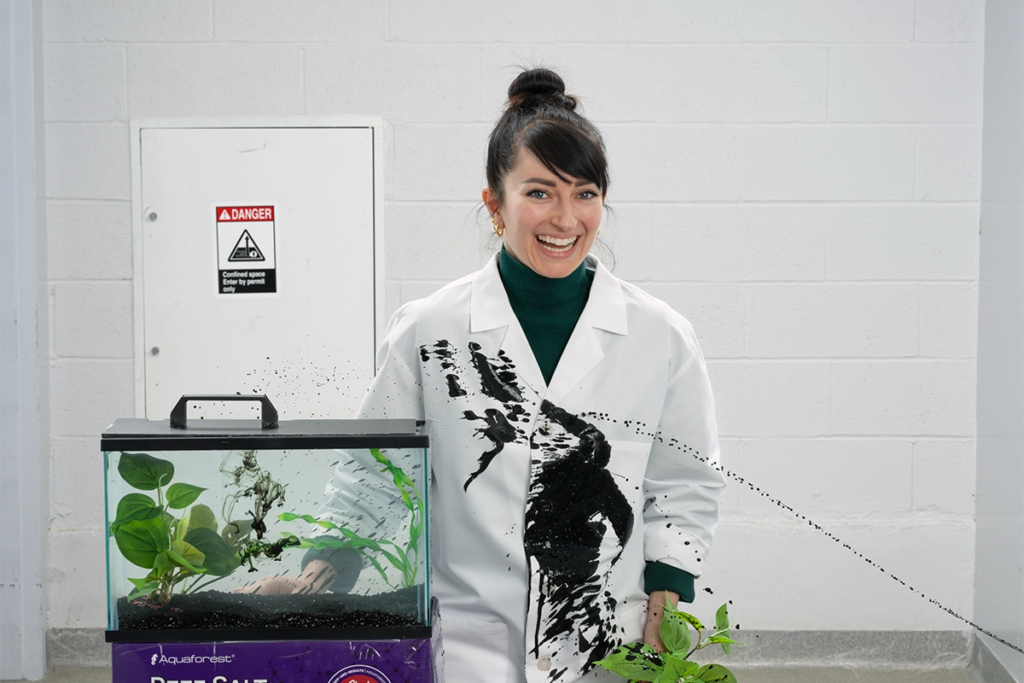Nicholette Zeliadt manages The Transmitters’s staff reporters and interns, and she commissions and edits news articles. She joined The Transmitter as news writer in 2014. Before that, she was a freelance writer and editor. Her work has appeared in The New York Times, Scientific American, Nature Medicine, Science and The Scientist.

Nicholette Zeliadt
Managing editor
The Transmitter
From this contributor

Leaving lasting marks with Tessa Montague

Spotted around the web: INSAR; cerebellar gene expression; pangenome
Spotted around the web: Mapping histones; COVID-19 births; acetaminophen lawsuits

New diagnostic code for PTEN syndrome may spur research
Education
- Ph.D. in environmental health, University of Minnesota
- B.A. in biochemistry, University of Iowa
Fellowships
- AAAS Mass Media Fellowship
Explore more from The Transmitter
Snoozing dragons stir up ancient evidence of sleep’s dual nature
Deep-sleep cycling between brain waves of higher and lower amplitude dates far back on the evolutionary tree, according to a new comparative study of mammals and reptiles.
Snoozing dragons stir up ancient evidence of sleep’s dual nature
Deep-sleep cycling between brain waves of higher and lower amplitude dates far back on the evolutionary tree, according to a new comparative study of mammals and reptiles.
The Transmitter’s most-read neuroscience book excerpts of 2025
Books by Nachum Ulanovsky, Nicole Rust, and Andrew Iwaniuk and Georg Striedter made the list of some of the year's most engaging neuroscience titles.

The Transmitter’s most-read neuroscience book excerpts of 2025
Books by Nachum Ulanovsky, Nicole Rust, and Andrew Iwaniuk and Georg Striedter made the list of some of the year's most engaging neuroscience titles.
Neuroscience’s leaders, legacies and rising stars of 2025
Here are seven stories from the past year about some of the field’s most engaging figures.

Neuroscience’s leaders, legacies and rising stars of 2025
Here are seven stories from the past year about some of the field’s most engaging figures.
